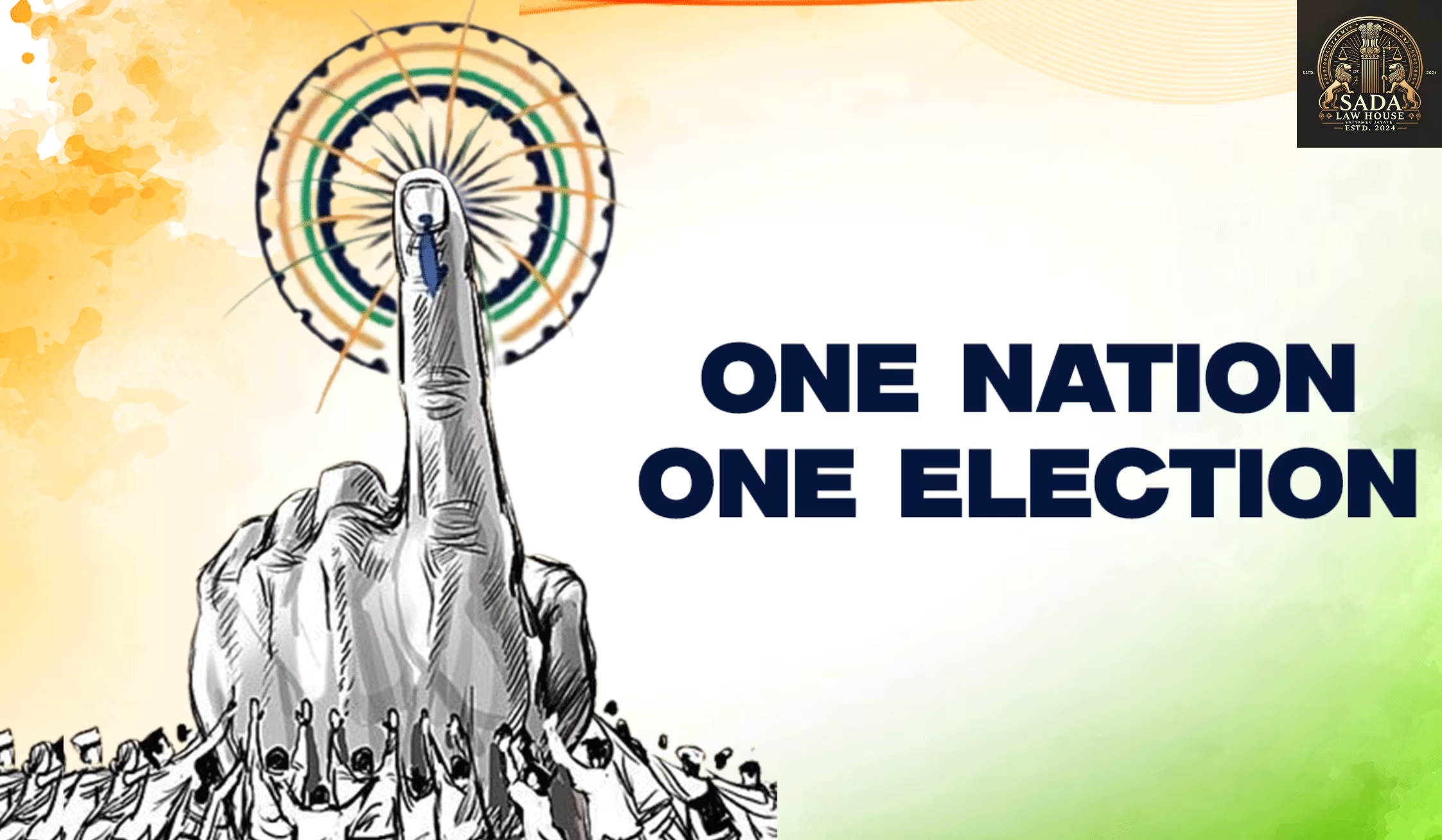Drone Usage in India: Laws, Regulations, and the Future of UAV Technology
- 19 Apr 2025
- Yashasvi Panwar

Introduction: The Rise of Drone Technology in India
In the digital era, technological advancements are reshaping how we connect and operate. One of the most significant innovations in recent years is the drone, or Unmanned Aircraft System (UAS). These pilotless flying devices are transforming industries across the globe, from defense and construction to e-commerce and entertainment.
In India, the increased adoption of drones is paving the way for a new technological revolution. Their applications range from aerial surveillance, delivery services, and infrastructure monitoring to media production and agriculture. As drone use expands, India has implemented robust regulatory frameworks to ensure safe and legal drone operations.
Global Evolution of Drone Technology
International Standards and Frameworks
Worldwide, countries have embraced drones with varying levels of regulation. The International Civil Aviation Organization (ICAO) has provided guidance for safely integrating drones into national airspace, encouraging innovation without compromising public safety.
For example:
United States: The Federal Aviation Administration (FAA) regulates commercial drones under Part 107, emphasizing a risk-based approach.
Europe: The European Union Aviation Safety Agency (EASA) uses a similar system, categorizing drones by risk level.
Australia & Japan: These countries have stricter drone laws, especially in urban and high-density zones.
Drone Regulations in India: An Overview
Initial Framework: Civil Aviation Requirements (2018)
India began regulating drone activity through the Directorate General of Civil Aviation (DGCA). The 2018 Civil Aviation Requirements (CAR) laid the foundation for legal drone use.
The Drone Rules, 2021
To streamline and modernize regulations, the Drone Rules, 2021 replaced previous guidelines. Key highlights include:
Weight Limit Increased: Drones up to 500 kg now fall under the rules (previously capped at 300 kg).
Simplified Licensing: Registration and pilot certification are now easier via the Digital Sky platform.
Safety Guidelines: Carrying weapons, explosives, or hazardous materials is strictly prohibited.
Categorization Based on Weight: Drones are now categorized as Nano, Micro, Small, Medium, or Large, based solely on weight.
UAS (Unmanned Aircraft System) Classifications in India
The UAS Rules, 2021 introduced detailed classifications for drones:
Remote Pilot Aircraft System (RPAS): Controlled remotely by licensed operators.
Autonomous UAS: Operates without real-time pilot input.
Model RPAS: Used for educational and visual-line-of-sight purposes.
Hybrid Drones: A combination of fixed-wing and rotorcraft systems.
Drone Ownership and Operation Guidelines in India
Who Can Own and Operate Drones?
Foreign ownership is prohibited. However, foreign entities can lease drones to Indian companies.
All drones must be registered and issued a Unique Identification Number (UIN).
Operators must be 18+ years old, undergo DGCA-approved training, and pass a written test.
Usage Restrictions
Drones cannot be flown near airports, military bases, or crowded areas.
Time-of-day restrictions apply, and drone activity in restricted airspace is prohibited without authorization.
The Drone (Amendment) Rules, 2022: What Changed?
In February 2022, the Ministry of Civil Aviation released key amendments:
No Remote Pilot License required for micro drones used for non-commercial purposes.
Registration deadlines were updated for drones manufactured or imported before November 30, 2021.
Remote Pilot Training Organizations now receive certificates instead of licenses.
Drones now receive either a Unique Identification Number (UIN) or Drone Acknowledgment Number (DAN), depending on purchase date.
Additionally, the Indian government promoted the Drone-as-a-Service (DaaS) business model, encouraging entrepreneurship and innovation in the drone sector.
Future Outlook: Drones as a Catalyst for Innovation in India
India is quickly becoming a global hub for drone innovation. With evolving laws, increased government support, and rising commercial interest, drones are expected to play a pivotal role in:
E-commerce delivery systems
Smart infrastructure monitoring
Agricultural automation
Disaster response and surveillance
The government’s commitment to ease of doing business and the push for indigenous technology development marks a promising future for this sector.
Conclusion: Embracing the Drone Revolution
With progressive policies and an innovation-friendly ecosystem, India is well on its way to becoming a world leader in drone technology. Whether you’re a tech entrepreneur, a business owner, or an enthusiast, now is the time to understand the scope and compliance landscape of drones in India.
References
- https://www.ijnrd.org/papers/IJNRD2301117.pdf
- https://www.lawyersclubindia.com/articles/drone-laws-in-india-an-analysis-15028.asp
- https://www.juscorpus.com/an-analysis-of-indias-drone-regulatio
- https://indiansocietyforlegalresearch.in/2021/11/02/surveying-the-legal-landscape-of-drones-in-india/
- https://ieeexplore.ieee.org/document/10829009
- https://theamikusqriae.com/the-legal-landscape-of-drone-technology-in-india-navigating-privacy-security-and-commercial-use/
LATEST BLOGS






